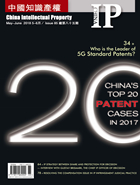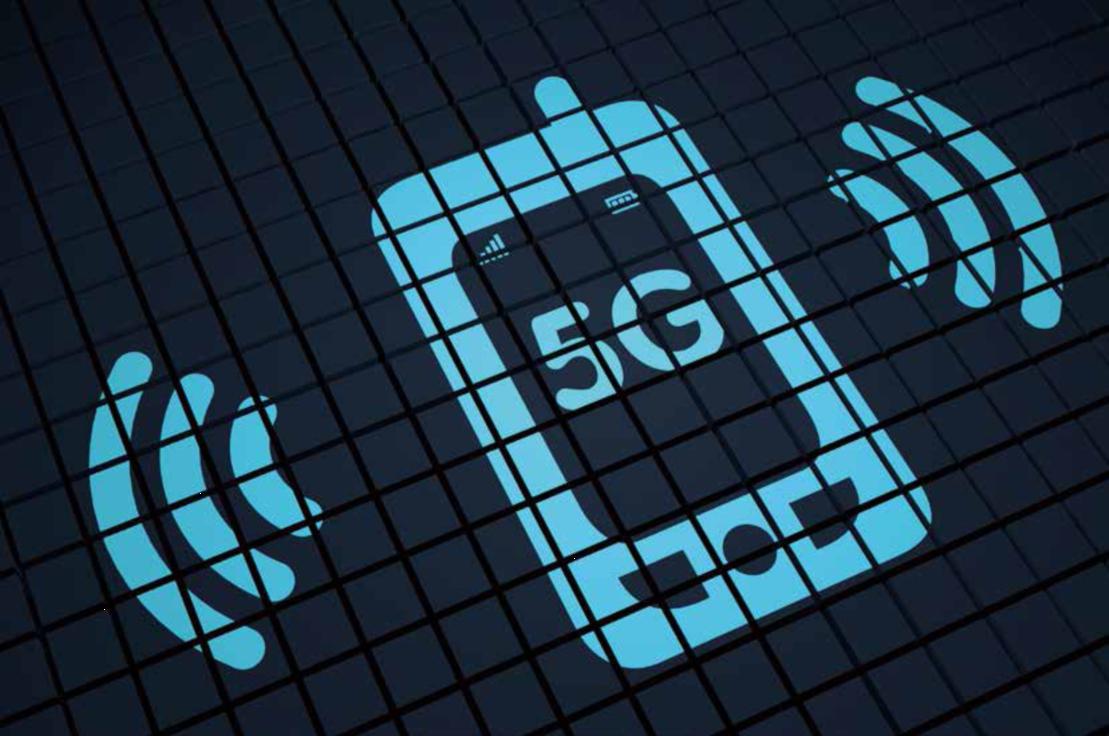

Chinese enterprises have invested heavily in technological innovation and patented numerous inventions. That's why they keep making breakthroughs in 5G technological innovation and gain the say in global communications standards.
According to the statistics of the European Telecommunications Standards Institute (ETSI), by June 14, 2018, 5G standard patents declared by 10 enterprises including Huawei, Ericsson, Samsung, Sharp, and Intel have reached 5,401 families (Huawei: 1,695 families); in the 5G New Radio (NR) field, declared patents have reached 5,124 families (Huawei: 1,481 families); in the 5G new core network field, declared patents have reached 277 families (Huawei: 214 families).
A follower to a world-leader
In 2015, the World Radiocommunication Conference (WRC) announced the IMT.Vision and determined the technological trend of 5G. On June 14, 2018 after standard operations for more than two years, the 3rd Generation Partnership Project (3GPP) TSG #80 Plenary Meeting approved the independent deployment ability of 5G NR, completing the standardization of the 3GPP Rel-15 at the first phase. The meeting ushered in the 5G era.
Chinese enterprises toddled in the 2G era; trod on foreign enterprises' heels in the 3G era; proactively and innovatively developed mainstream communications standards in the 4G era; run ahead around the world in the 5G era. The global game of communications standards finally witnesses the leading position of Chinese enterprises.
2G era: European countries established the international organization Global System for Mobile Communications Association (GSMA) and formulated the standard of Global System for Mobile Communications (GSM). The U.S. established the Code Division Multiple Access (CDMA) Development Group (CDG) and formulated the CMDA standard. Japan developed the standard of Personal Handy-phone System (PHS). With these efforts, Qualcomm, Ericsson, Nokia, Siemens, and Alcatel grew into communications titans. At that time, China hardly contributed to 2G standard development.
3G era: After the U.S. and Europe launched CDMA 2000 and WCDMA respectively, China released TD-SCDMA through self-innovation, which helped China gain a share in the Chinese communications equipment market.
4G era: China participated in global 4G standard setting and launched LTE-TDD. Chinese enterprises played important roles in the communications equipment manufacturing industry.
5G era: China has made major breakthroughs in the communications field. Chinese enterprises with Huawei as a representative managed to include the polar code into the 3GPP standard as part of the technological solution for 5G control channels. This was the first time that a solution recommended by Chinese enterprises had entered the field of the basic communications frame agreement. Chinese enterprises have invested heavily in technological innovation. That's why they achieve steady headway in 5G technological innovation and standard formulation, gradually gain the say in global communications standards, and finally lead the industry. Currently, the top four communications equipment manufacturers are: Ericsson from Sweden, Nokia from Finland, and Huawei and Zhongxing Telecommunication Equipment Corporation (ZTE) from China — Chinese enterprises account for half of the manufacturing giants.
Heavy investment in R&D and quick steps in communications standards
National power is vital to communications standard formulation. It is a competition involving politics, economics, and technologies. Great investment in the market and R&D can lay a solid foundation for standard improvement. Nowadays, China, as the second largest economy, outperforms many countries as regards the development speed and gains more say in various fields. In this case, Chinese 5G technologies can develop globally.
Chinese telecom carriers are no longer what they were. China Mobile boasts the largest number of users. China Telecom and China Unicom also rank among the top carriers globally. The three carriers have a great impact in the telecom industry. The number of Chinese 4G sites accounts for 60% of the total number in the world. Chinese telecom carriers also make significant contributions to 5G standardization organizations. Two technical experts from China Mobile serve as vice chairpersons for the 3GPP RAN work team and the RAN1 work team.
Chinese manufacturing industry of communications equipment and mobile phones is booming in recent years. Most mobile phones in the world are made in China and Chinese enterprises take charge of hundreds of telecom network construction tasks around the world. At present, 7 in the top 10 mobile phone brands are from China and Chinese enterprises enjoy worldclass mobile phone technologies. More and more communications equipment manufacturers, mobile phone vendors, and chip-related enterprises take the initiative in 3GPP standard formulation. 23 Chinese enterprises registered for 3GPP 5G standard formulation, which are willing to invest massive funds in 5G new technology development.
Great national power and heavy investment of telecom carriers, communications equipment manufacturers, mobile phone vendors, and chip vendors help China gain more say in 5G standard formulation.
Strengths in 5G through patent statistics
It's said that first-rate enterprises determine standards, second-rate enterprises provide services, and thirdrate enterprises provide products. Regardless of whether it's about mobile communications technologies or in other fields, all enterprises hope that the technical proposals they submit during standards development can be adopted by the standards development organization, so that they can gain advantages in terms of both product R&D efficiency and costs. In this way, they can not only use as many as technologies for which they hold independent intellectual property rights but also reduce the costs of patent cross licensing in the future.
In 2015, the WRC announced the IMT.Vision and determined the technological trend of 5G. On June 14, 2018 after standard operations for 32 months, the 3GPP TSG #80 Plenary Meeting approved the independent deployment ability of 5G NR, completing the standardization of the 3GPP Rel-15 at the first phase.
Many mobile communications enterprises in the world including communications equipment manufacturers, chip makers, and communications carriers have pushed forward the process of determining 5G standards with their wireless technologies developed from long-term R&D and innovation, making indelible contributions to realizing the vision of 5G. These enterprises have also contributed thousands of indispensable patents to 5G.
According to the result of a recent search on the official website of ETSI (an independent, not-for-profit, standardization organization in the telecommunications industry, which has 457 members from 47 countries, including telecommunications administrations, national standards organizations, network carriers, equipment manufacturers, dedicated network service providers, and user research bodies; a member of 3GPP), by June 14, 2018, 10 enterprises including Huawei, Ericsson, Samsung, Sharp, and Intel have declared 5,401 families of 5G standard patents.
The cumulative number of declared standard patents in the 5G NR field has reached 5,124 (See Table 1). Based on the holders of declared 5G standard patents, patentees that hold over 1,000 families of 5G NR standard patents are: Huawei, Ericsson, and Samsung, among which Huawei ranks the first with 1,481 declared patents (28.90%), Ericsson ranks the second with 1,134 declared patents (22.13%), and Samsung ranks the third with1,038 declared patents (20.26%).
Table 1: 5G NR declared standard patent statistics

In the 5G new core network field (See Table 2), only three enterprises (Huawei, LG, and ETRI) hold totally 277 families of standard patents at present, among which Huawei ranks the first with 214 declared patents (77.26%), LG ranks the second with 49 declared patents (17.69%), and ETRI ranks the third with14 declared patents (5.05%).
Table 2: New core network declared standard patent statistics Company Number of Patent

Above 5G standard patent statistics disclosed by ETSI objectively indicate that 5G standard patents are mainly held by a few enterprises like Huawei and Ericsson, which have attached continuous importance, made enormous investments, and been committed to innovation. Enterprises can have the say in the 5G era only by sticking to innovation and by strengthening their accumulation of independent intellectual property rights.
|
Copyright © 2003-2018 China Intellectual Property Magazine,All rights Reserved . www.chinaipmagazine.com 京ICP备09051062号 |
|
|



